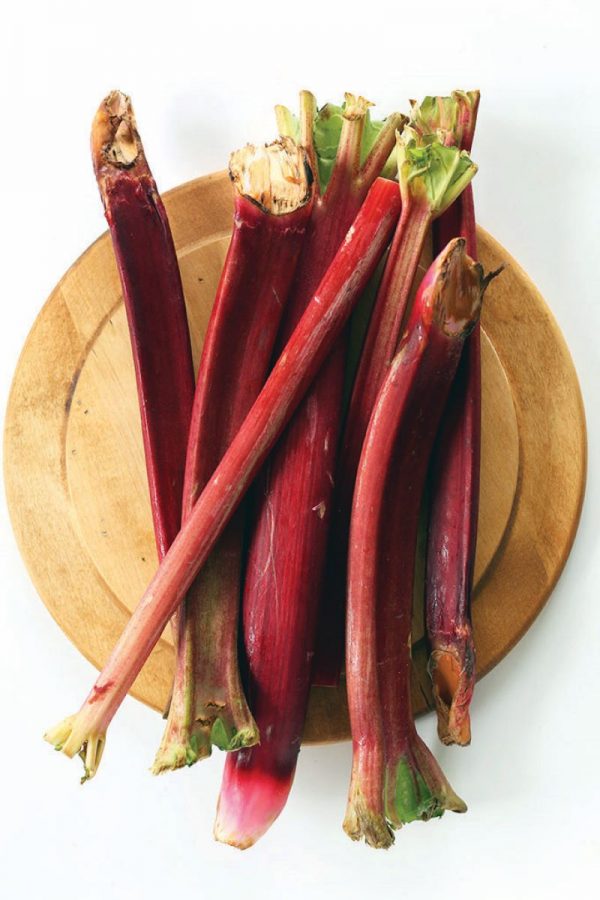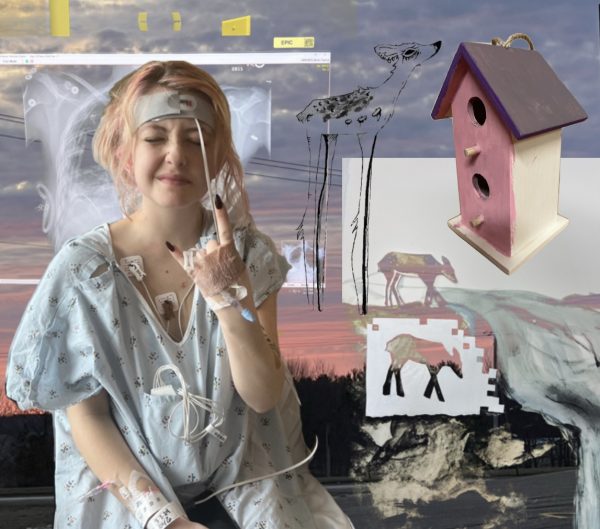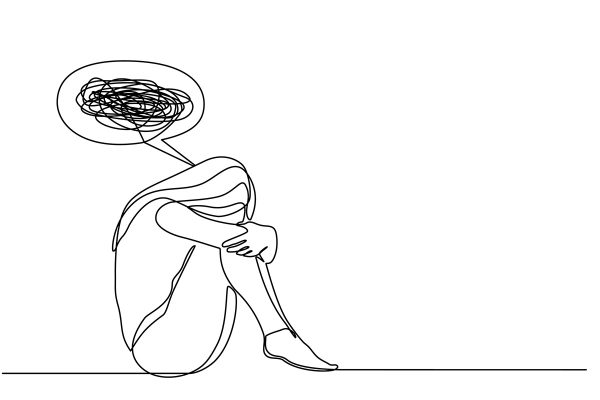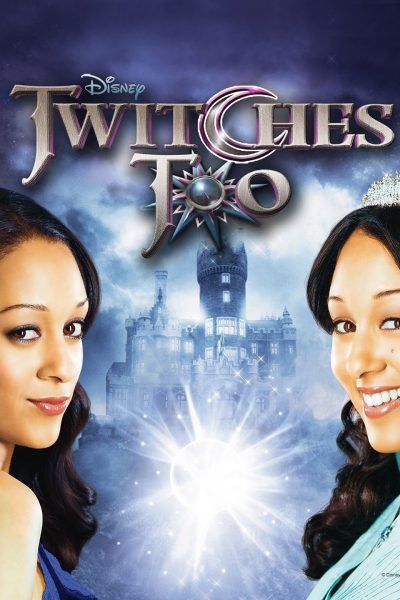Rhubarb: not so poisonous after all
Rhubarb and other plants that could possibly kill you, but won’t.
More stories from Hayley Jacobson
Photo by SUBMITTED
Rhubarb has gotten a bad rap in the past thanks to old myths about poisonous foods.
It is that time of the year –– when plants are blooming and starting to produce fruits and vegetables. A favorite of mine this time of year is the rhubarb plant. Its stalks are a beautiful red, and biting into a crisp, sour stalk freshly cut and washed is a small joy I take in spring.
However, there is a rumor that goes around every spring that frozen rhubarb of any kind is poisonous. This rumor is false, however it does come from some truth.
In early spring, if a harsh frost hits a plant there is a possibility of the poison in the leaves trickling its way into the stalk. This is only evident when the leaf is visibly damaged though. If the leaf is not damaged, the poison is not in the stalk, therefore the stalk is safe to eat and cook with, according to Live Strong.
The lore about frozen poisonous rhubarb dates back years. Variations of these rumors include thinking canned rhubarb, frozen rhubarb and the first harvest of rhubarb are all poisonous.
These myths are also tied to beliefs surrounding toxic food dating back to before the 1800s, with one of the most famous examples being the tomato.
According to National Geographic, tomatoes are a part of the nightshade family, which made many Europeans believe the fruit was poisonous when it was first introduced. Tomatoes were originally cultivated in the Americas, dating back to the Aztecs.
According to Fox News, other foods thought to be poisonous include potatoes, apples, almonds and cashews. However, they are only deadly in certain amounts, or if the wrong parts are eaten, a fact that is often excluded from online rumors.
While it is just speculation as to why people would fear some foods, there is good evidence for some theories.
One such theory comes from the idea that the acids from tomatoes leached the lead out of the pewter plates and silverware European nobles ate off of, causing lead poisoning and death, according to the Smithsonian.
While rhubarb leaves are poisonous, the idea that the entire plant is just as poisonous is just unfounded. It was used as medicine in China for thousands of years and is nearly impossible to get rid of.
While rhubarb’s bright red stalks may be a turn off for many, there is nothing to fear from this delicious plant. It is perfect for many dishes and desserts, so go out and have fun with them. Just remember to cut off the leaves, and wash the stalks thoroughly.
For a delicious rhubarb dump cake recipe I really enjoyed, click here.
Jacobson can be reached at [email protected].










